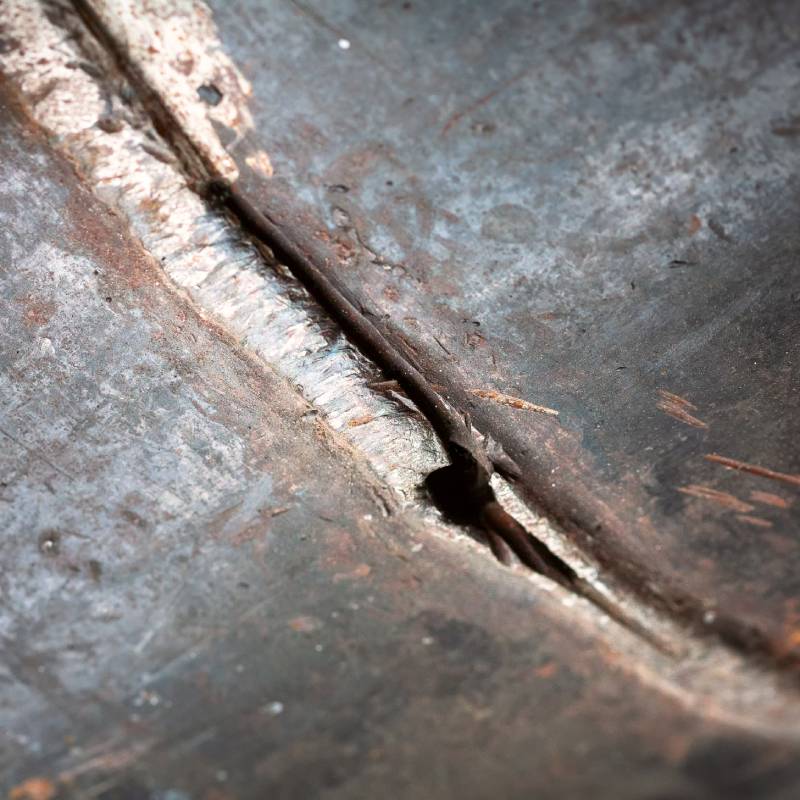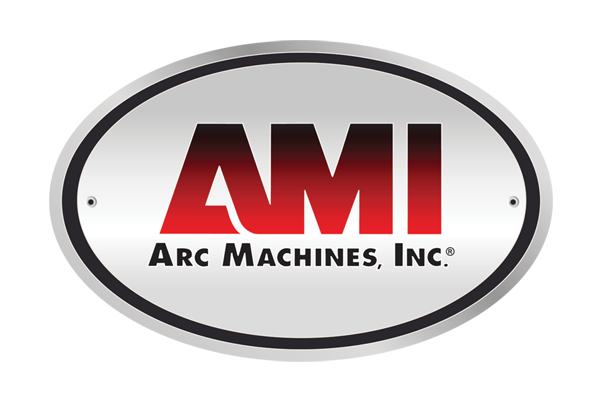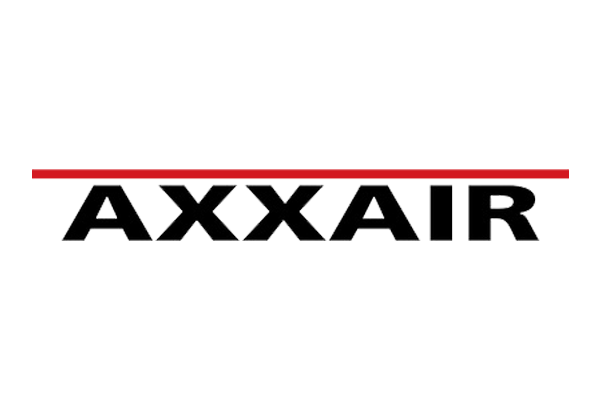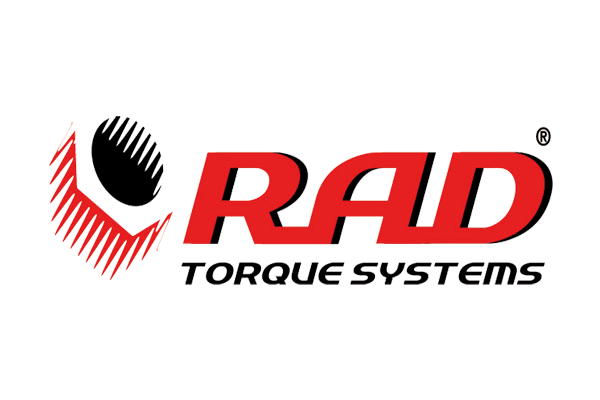4 Things That Can Cause a Weld To Weaken & Crack
Welding is an essential technique in numerous manufacturing and construction processes, offering durability and strength when joining metals. However, the integrity of a weld can be compromised by several factors, leading to potential weaknesses and cracks that may result in structural failures. Understanding these factors is crucial for professionals in the field to ensure the longevity and safety of welded constructions.
Let’s look at four things that can cause a weld to weaken and crack to better understand the potential risks and how to prevent them.
Inadequate Welding Technique
The quality of a weld is heavily dependent on the welding technique used and the skills of the welder performing the task. Techniques such as arc welding, MIG welding, and TIG welding require precision and proper execution to ensure a strong bond between metals. Inadequate or incorrect techniques can result in insufficient penetration, porosity, and other defects that weaken the weld. Welders must receive proper training and follow best practices to prevent these issues from occurring.
Material Selection
The type of metal being welded also plays a significant role in the quality and strength of a weld. Different metals have different properties, and understanding them is crucial for selecting the right welding technique and filler material. For example, some metals are more prone to cracking, and using the wrong filler material can exacerbate this issue. Additionally, welding dissimilar metals together can create potential weak points due to their different thermal expansion rates. It is essential to thoroughly research and understand the materials being welded to ensure a strong and durable weld.
Poor Weld Preparation
Proper preparation of the materials being welded is crucial for a strong and reliable weld. Insufficient cleaning, incorrect joint design, or inadequate beveling can result in contaminants and imperfections that weaken the weld. For example, dirt, oil, and rust on the metal surfaces can hinder the welding process and lead to weak bonds. It is essential to thoroughly clean and prepare the materials before welding to prevent these issues.
Welding in Extreme Conditions
Welding in extreme conditions, such as high humidity, low temperatures, or windy environments, can also weaken a weld. These conditions can affect the arc stability, shielding gas coverage, and heat distribution, leading to potential defects and cracks in the weld. It is crucial to consider and adjust to these conditions to ensure a successful weld.
By understanding these four factors that can cause a weld to weaken and crack, professionals in the field can take the necessary precautions to prevent issues. Proper training, material selection, preparation, and consideration of environmental conditions are crucial for ensuring strong and reliable welded constructions. It is also essential to regularly inspect welded structures for any signs of weakness or cracks and address them promptly to prevent potential failures.
If you need an integrated pipe spool welding machine to help with your welding projects, SEC Industrial has got you covered. Our high-quality and efficient machines will ensure precise and reliable welds, giving you peace of mind knowing your constructions are built to last. Contact us today for more information on our welding solutions.









